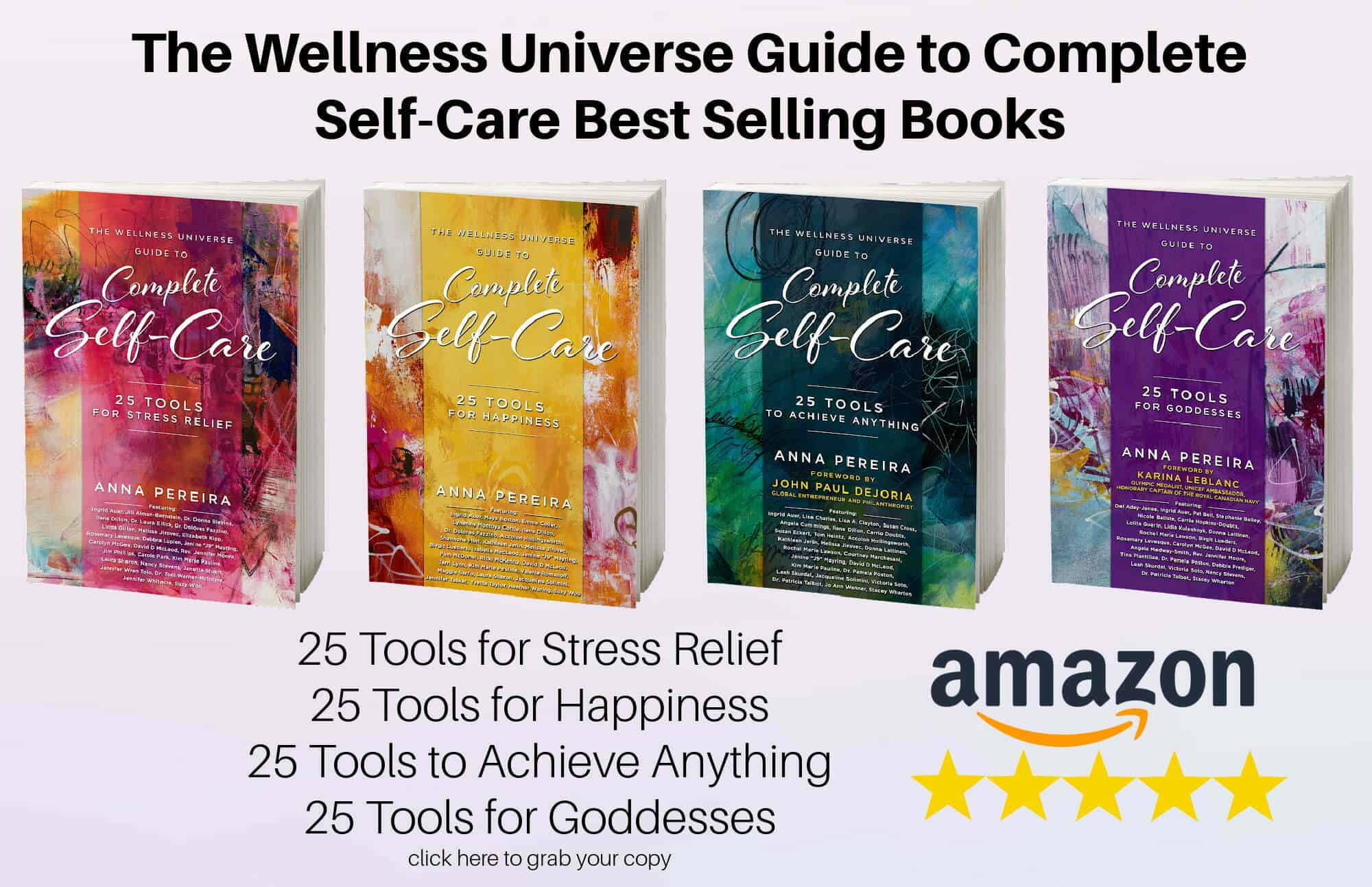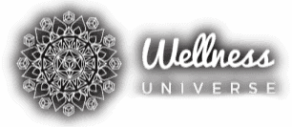Are You Cooking and Storing Food Safely?
You consciously buy fresh and organic foods to eat but have you ever thought about what you cook it in?
Cookware may be one of the most toxic items in your home. It can add those toxins to the food you cook and even release toxic fumes when heated to a certain temperature.
And unfortunately, the most dangerous cookware also happens to be the most popular. In an age of convenience, it is no surprise that the most popular type of cookware is the nonstick variety. A whole generation has now grown up without the annoyance of food sticking to the pan, although at an unforeseen price.
Stick with me and I’ll teach you how NOT to have food stick, and if it does, how to clean it easily.
FYI: Conventional nonstick coating was invented around the 1940s and has become increasingly popular ever since then, it’s almost a household staple.
However, it has come under heavy scrutiny in recent years for its harmful health effects. One of the main chemicals (polytetrafluoroethylene) in the original nonstick coating was phased even out in 2013 because there were so many health concerns connected to it.*1 see sidebar info below
New nonstick coatings contain another variation of PFAS that has not been proven to be any safer. Companies don’t have to prove a chemical is harmless before they use it. They just work around a ban on one chemical by creating a new, yet similar, one in the same family that hasn’t been proven harmful … yet.
Let’s look at several kinds and briefly explain why I suggest using non-toxic Tools for preparing food.
For over 20 years I have used an 8 -piece set of Stainless Steel pots and pans that still look and perform like new. Purchased in 2003, and endorsed by chef Wolfgang Puck, they were a bargain to which I treated myself. I’ve never looked back.
It’s worth paying a little more to get the quality, safety, efficiency, and cleanability you want to feed yourself and your family well. As a chef, I want to keep my eye on what’s happening as food develops, so I recommend glass tops when available.
Since we live in a world where information is so readily available that sometimes it can be overwhelming, and perhaps a little suspect, the best thing to do is take your time, look at all the facts, and then make an informed decision about what is best for you and your family.
What to Look for in Non-Toxic Cookware and Bakeware
(adapted from Bryan Vazily and the ArtofAnti-Aging.com
Ceramic (enamel-lined iron cookware like Le Creuset – better than Teflon)
Glass for stovetop and for baking (Borosilicate glass and Pyrex)
100% Cast Iron (heavy and reliable)
100% Stainless steel (Aluminum & copper bottoms do not touch food)
Materials to look for in food preparation
- Glass
- Stainless steel
- ceramic
- solid hardwood with 100% natural finishes (cutting boards and countertops)
- silicone (used with cold foods) (cutting boards, utensils)
Aluminum
Aluminum is the most common and abundant metal in the earth’s crust. It is used to make cookware and other products such as antacids. It is a soft metal that can leach into food when it comes into contact with acidic foods and drinks. It is present in many foods we eat in trace amounts.
Cooking in aluminum pans – the heat/cooking processes causes tiny breaks in the surface – which allows more aluminum to leach into your food than usual.
Tips
- Especially with baking, line your favorite pan with parchment paper rather than foil, it works quite well for most foods, is non-toxic, is usually non-stick, and cleans up easily.
- Try using wooden or other non-toxic utensils that won’t scratch your pans.
Ceramic Coated Cookware (these are not non-toxic)
Better than non-stick, ceramic-coated cookpots and pans are better than non-stick ones. They’re more expensive but not as durable as stainless steel. The ceramic coatings are less likely to transfer toxic fumes into your food than Teflon and other cheap non-stick surfaces.
Stainless Steel Cautions
Stainless steel is a better choice than non-stick, but since it’s usually made from metals like chromium, iron, and nickel, to which some people may be allergic or have reactions like contact dermatitis when coming in contact with them.
Food Storage Containers
Glass with glass, silicone, or plastic lids
Portable Storage: Glass container with glass lid/gasket/stainless steel
Heating Food
Ceramic or glass containers NOT plastic, including all that is microwavable,
heat on stovetop (the good ‘ol days”) or use paper and recyclable containers.
PLASTIC LEACHES TOXIC CHEMICALS INTO THE FOOD ESPECIALLY WHEN HEATED. Toss that partially used or unopened plastic bottle of water if it’s been sitting in your car and exposed to heat.
I KNOW that food is the key to happily nourishing me and those wonderful souls who follow me on The Wellness Universe, Zoom on Thursdays at 11 AM CST, and Patreon for recipes and tips.
To your very best health and happiness,
Ricki McKenna
*1. The Sidebar story
The nonstick coating you typically find on cookware is Teflon. It was originally created, though not on purpose, by a man named Roy J. Plunkett.
Just before the start of World War II, Plunkett was trying to create a new non-flammable coolant for refrigerators. He was working at the time for a company called DuPont. By accident, he discovered a substance known scientifically as polytetrafluoroethylene (PTFE). This new substance was slippery and incredibly resistant to corrosion. It could also withstand both extremely cold and extremely warm temperatures. Eventually, polytetrafluoroethylene was used to make certain components of the atomic bomb because it was resistant enough to hold up to the corrosive nature of the bomb.
Shortly after the war, PTFE, which started going by the brand name of Teflon, was applied to cookware. It was hailed as an almost miraculous substance that food didn’t stick to, was easy to clean, and needed little oil for cooking.
Problem: The main dangers of nonstick cookware come from one group of chemicals: PFAS.
PFAS is short for per- and polyfluoroalkyl substances. This is a group of manmade chemicals that have been nicknamed “forever chemicals” because of how long they persist in the environment and in the human body. One of the worst in this group is a chemical called perfluorooctanoic acid (PFOA). It has been one of the most well-researched PFAS for its toxic health effects and also happened to be one of the major chemicals in the original Teflon.
PFOA has been linked to major health issues, including cancer, hormone disruption, and thyroid disease. It has proven to be so potentially toxic that a global ban on PFOA was agreed on by over 180 countries in 2019. Now, PFOA was phased out of Teflon in 2013, although older nonstick cookware still likely contains it.
All information, content, and material are for informational purposes only and are not intended to serve as a substitute for the consultation, diagnosis, and/or medical treatment of a qualified physician or healthcare provider. The information supplied through or on this page, or by any representative or agent of The Wellness Universe, is for informational purposes only and does not constitute medical, legal, or other professional advice. Health-related information provided through this website is not a substitute for medical advice and should not be used to diagnose or treat health problems or to prescribe any medical devices or other remedies. The Wellness Universe reserves the right to remove, edit, move, or close any content item for any reason, including, but not limited to, comments that are in violation of the laws and regulations formed pursuant to the Federal Food, Drug, and Cosmetic Act. None of the posts and articles on The Wellness Universe page may be reprinted without express written permission.
Healing. Here. Now. Mindfulness, Trauma, and Recovery is a course for self-care and healing brought to you in partnership with Elizabeth Kipp, Founder of Elizabeth Kipp Stress Management, LLC and Wellness Universe Trauma Expert Leader exclusively for Wellness for All programming.
Catch the recorded session(s) and be sure to join the next LIVE class!
Register today:

see how our self-care books are helping thousands of people around the world. Digital and paperback books are available now.
Connect to the people that help you live your best life: The Wellness Universe
25 Years experience as a Functional Nutritionist/Health & Life Coach, Speaker, Author, Chef: Guiding you to wellness naturally with food. Natural, non-drug remedies for reversing chronic maladies.




